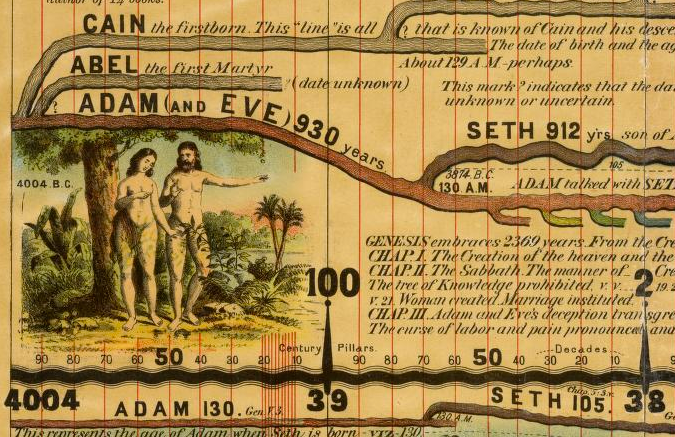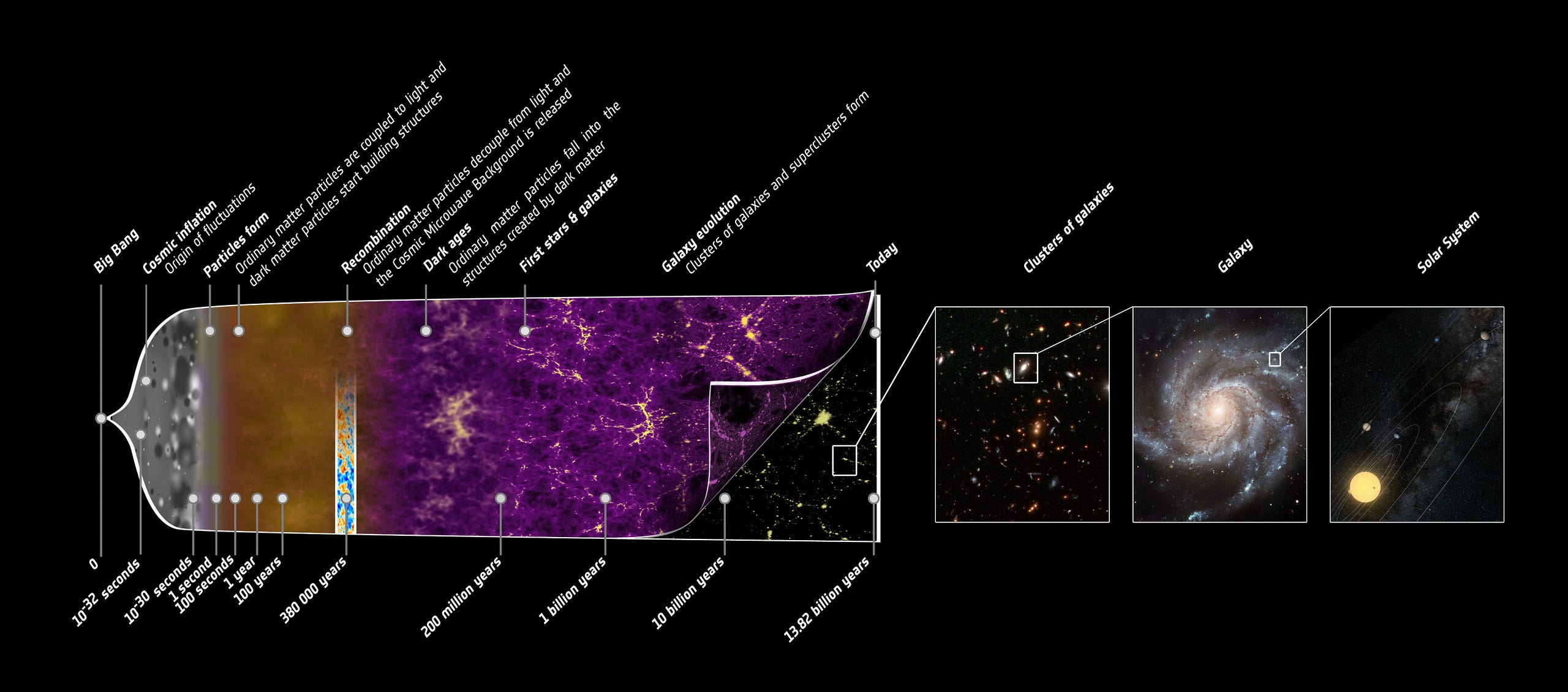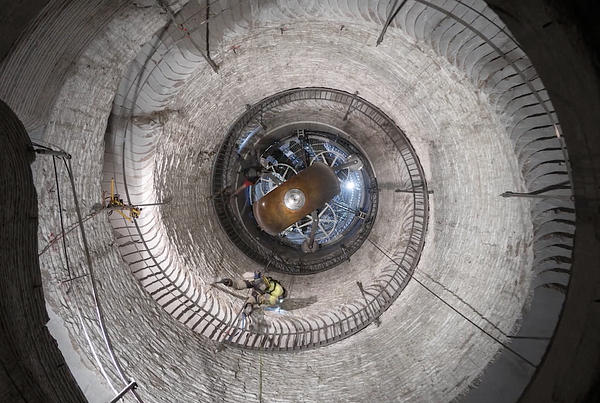This is the week when we recall what we’ve done last year, and resolve to use time better in the year to come. Indeed, in our everyday lives, time is a precious commodity. We can gain or lose it. We can save, spend or waste it. If our crimes are revealed, we risk having to DO time.
But to scientists, time is something we can measure. Clocks have, over the centuries, been the high-tech artifacts of their era — the water clock, the pendulum clock, Harrison’s chronometer, and so forth up to the incredible precision of atomic clocks — marvels of modern technology, albeit without the evident aesthetic quality of more traditional timepieces. (Though my engineering friends tell me that, viewed through a microscope, there’s beauty in the intricacies of a silicon chip).
Before there was a reliable calendar — or any records or artifacts that could be reliably dated — the past was a ‘fog’. But this didn’t stop efforts to impose fanciful precise chronologies. Most precise of all was that worked out by James Ussher, Archbishop of Armagh, according to which the world began at 6 pm on Saturday, 22 October, 4004 BC. Right up until 01910, Bibles published by Oxford University Press displayed Ussher’s chronology alongside the text.

Even in 17th century, Ussher’s chronology ran into problems. Jesuit missionaries returned from China, telling of detailed historical records dating back to dynasties before 2350 BC — the proclaimed date for Noah’s Flood. Many were skeptical that the entire history of Earth’s mountains, rivers and fauna could be squeezed into 6000 years. Sir Isaac Newton, in his old age, had abandoned science but was obsessed with completing his own ‘Chronology of Ancient Kingdoms.’ He did not contest Ussher’s dating of human origins, but conjectured that the six ‘days’ of Genesis could each be a prolonged era.
In the 19th century, Darwin’s genius was to recognize how “natural selection of favored variations” could have transformed primordial life into the amazing varieties of creatures, now mainly extinct, that have crawled, swum or flown on Earth. But this emergence —a higgledy-piggledy process, proceeding without any guiding hand — is inherently very slow. Darwin guessed that evolution required not just millions but hundreds of millions of years. He was mindful of supporting evidence from geology. He estimated, by an argument that was actually flawed (and which he cut from later editions of his book) that to carve out the Weald of Kent took 300 million years. If he had seen the Grand Canyon he could have made a more convincing estimate.
Precise radioactive dating now tells us that the Sun and its planets condensed 4.55 billion years ago from interstellar gas in a Galaxy that is part of a still vaster cosmos that emerged from a fiery “beginning” that has now been pinned down to have happened 13.8 billion years ago.

What happened before the beginning? On this fundamental question, we cannot do much better than Saint Augustine in the 5th century. He sidestepped the issue by arguing that time itself was created with the universe. The ‘genesis event’ is in some ways as mysterious to us as it was to Saint Augustine.
So cosmic history, we now believe, extends over billions of years, not just Ussher’s few thousand years. Our time-horizons have hugely extended back into the past. But there has to be an even greater enlargement in our concept of the future. To our 17th century forbears, history was nearing its close. Sir Thomas Browne wrote, “The World itself seems on the wane. A greater part of Time is spun than is to come.”
Even today most people still somehow think we humans are necessarily the culmination of the evolutionary tree. That hardly seems credible to an astronomer — indeed, we are probably still nearer the beginning than the end. Our Sun has got about 6 billion more years before the fuel runs out. It then flares up, engulfing the inner planets. And the expanding universe will continue — perhaps forever — destined to become ever colder, ever emptier. To quote Woody Allen: “Eternity is very long, especially towards the end.”

Our cosmic horizons are far more extensive than those of our forbears. And we’ve entered the anthropocene era when one species, ours, can determine the entire planet’s fate. The collective ‘footprint’ of humans on the Earth is heavier than ever; today’s decisions on environment and energy resonate centuries ahead and will determine the fate of the entire biosphere, and how future generations live.
In contrast, our planning horizons have shrunk because our lives are changing so fast. The political focus is on the urgent and immediate, and the next election. Medieval cathedrals took a century or more to complete. Now, there are few efforts to plan more than two or three decades ahead — or to build structures that will, as the cathedrals have done, offer inspiration for a millennium.

As an antidote to short-termism, we should welcome the initiative of the California-based Long Now Foundation. In an excavation inside the top of a mountain in west Texas, it is building a massive clock designed to tick (very slowly) for 10,000 years, programmed to resound with a different chime every day over that expanse of time. Those who visit it this century will contemplate an artifact built to outlast the cathedrals — and will hope that it will still be ticking a hundred centuries from now, and that this century’s legacy is a world that is sustainable rather than devastated.
Martin Rees, Astronomer Royal, will be speaking at The Long Now Foundation on Monday, January 14, 02019. His book, On The Future: Prospects for Humanity, was recently published by Princeton University Press.